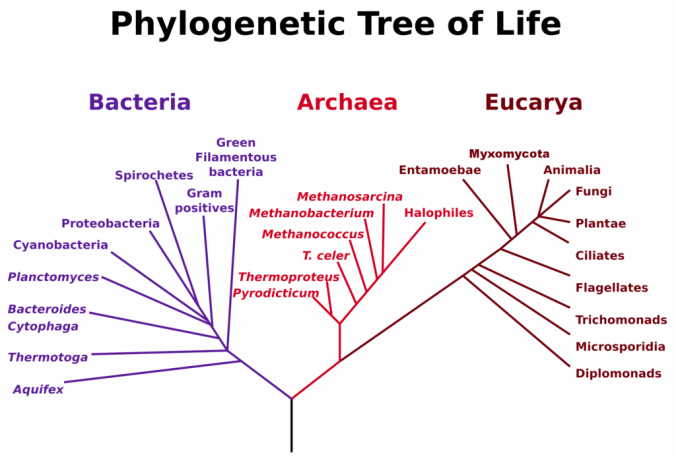By Rich Feldenberg:
On this episode of Darwin’s Kidneys – first of 2016- I’ll be reviewing a book by Nick Lane called, “The Vital Question: Energy, Evolution, and the Origins of Complex Life”. This book attempts to tackle some of the toughest questions in biology today, such as how, and in what environments, life originated, how the complex eukaryotic cell evolved, how the cellular mechanisms to generate energy echo back to the days before biology, and why sexual reproduction is the way it is based constraints placed on us by our energy generating systems -the mitochondria. It is a lot of territory to cover, but Dr. Lane does an amazing job of bringing all these seemingly diverse themes together, synthesizing them into a coherent narrative that flows as easily from one topic to the next, as electrons flow down the mitochondrial respiratory chain (a central subject of the book).
*
For those of you, who like me, love the topic of biological origins, this book will keep you engaged, and I had trouble putting it down, as I waiting for the next amazing revelation to be exposed. The early part of the book describes the common thread between the most essential metabolic activities of all living cells on earth -whether they are bacteria, archaea, or complex eukaryotes – and the natural geochemical activity of Alkaline Hydrothermal Vents. All life generates its energy by using proton gradients to drive the production of ATP (the energy currency of the cell). In all cells today, special pumps have evolved to pump protons (hydrogen ions) across a membrane. This creates a proton gradient (more protons on one side of the membrane than the other) which will naturally lead to those protons tending to diffuse back across the membrane. Cells use this proton gradient to run the protein ATP-synthase, to generate ATP, just like running water can be used to turn a water wheel to do work at a mill. In order to get the proton, it has to be separated from its electron, and that is done through a series of oxidation-reduction (redox) reactions, where the electron is transferred from one compound to another with each subsequent compound having a greater affinity for the electron than the last compound. It ends with the electron being transferred to oxygen (O2), which has the most affinity for the electron, converting the oxygen to water. The compounds where the electron is being transferred, are the respiratory transport chain of proteins. It is also found in plants as part of their photosynthesis machinery.


*
This process mirrors a naturally occurring geological process found in Alkaline Hydrothermal Vents on the ocean floor. These vents are different from the “Black Smokers” that have been better popularized, as sites of chemosynthesis, where an ecology of organisms survive using the energy of the vent, and are not directly dependent on energy of the sun. The Alkaline Vents, on the other hand, are not quite so hot, but more importantly are composed of a matrix of mineral with thin walls that mimics a cell membrane. The vent fluid is more alkaline, with a pH of around 10, and the ocean water more acidic. It is thought that the ocean pH, 4.5 billion years ago might have been even more acidic that it is today with a pH of around 6. Since pH is a measure of the proton concentration, there is a natural proton gradient between vent fluid and ocean water separated by a thin mineral. The mineral also contains Iron-Sulfer complexes and other minerals that can act as redox centers, producing the electron transfer that we also still see today in our respiratory transport chain.
*
Dr. Lane argues that this environment provides a very plausible explanation for how life originated and why all life uses the unusual proton gradient method to generate energy. His own research is, in part, using reactors to replicate the Alkaline Vent environment to study this theory further.
He goes on to discuss how life could then have evolved more effective cell membranes making wondering further from the vent location possible, as long as these simple organisms could begin to pump protons on their own, at this point. This movement into the new environment, and an existence independent of the Alkaline Vent, is where the split between bacteria and archaea probably occurred. He shows the evidence for this hypothesis.
A great deal of the rest of the book describes the evolution of the complex cell, by the synthesis of an archaea host cell, with a bacterial endosymbiont which went on to become the mitochondria. He also describes, in detail, the genetic evidence, as well as, that logical considerations, that suggest this occurred, it occurred only once, and how the other features of the complex cell -such as nuclear membrane developed.

*
The book is beautifully written, but I will say some background in biology certain helps, but his writing is clear, entertaining, and well focused.
I just finished reading, “The Vital Question” this month, but it is now in my top 10 all time favorite science books. The last Nick Lane book I read was called, “Oxygen” and was equally good. It was also about the biochemistry of energy generation in organisms. I urge you to check out, “The Vital Question”, and let me know what you think.
*
References:
1. The Vital Question, by Nick Lane
2. Nick Lane webpage.
3. Darwin’s Kidney Article on Molecular Fossils (EMMAs).
4. Article on the necessity of a new word, Mesign, to help differentiate between something purposefully designed and something that has the false appearance of design being evolved by natural selection.